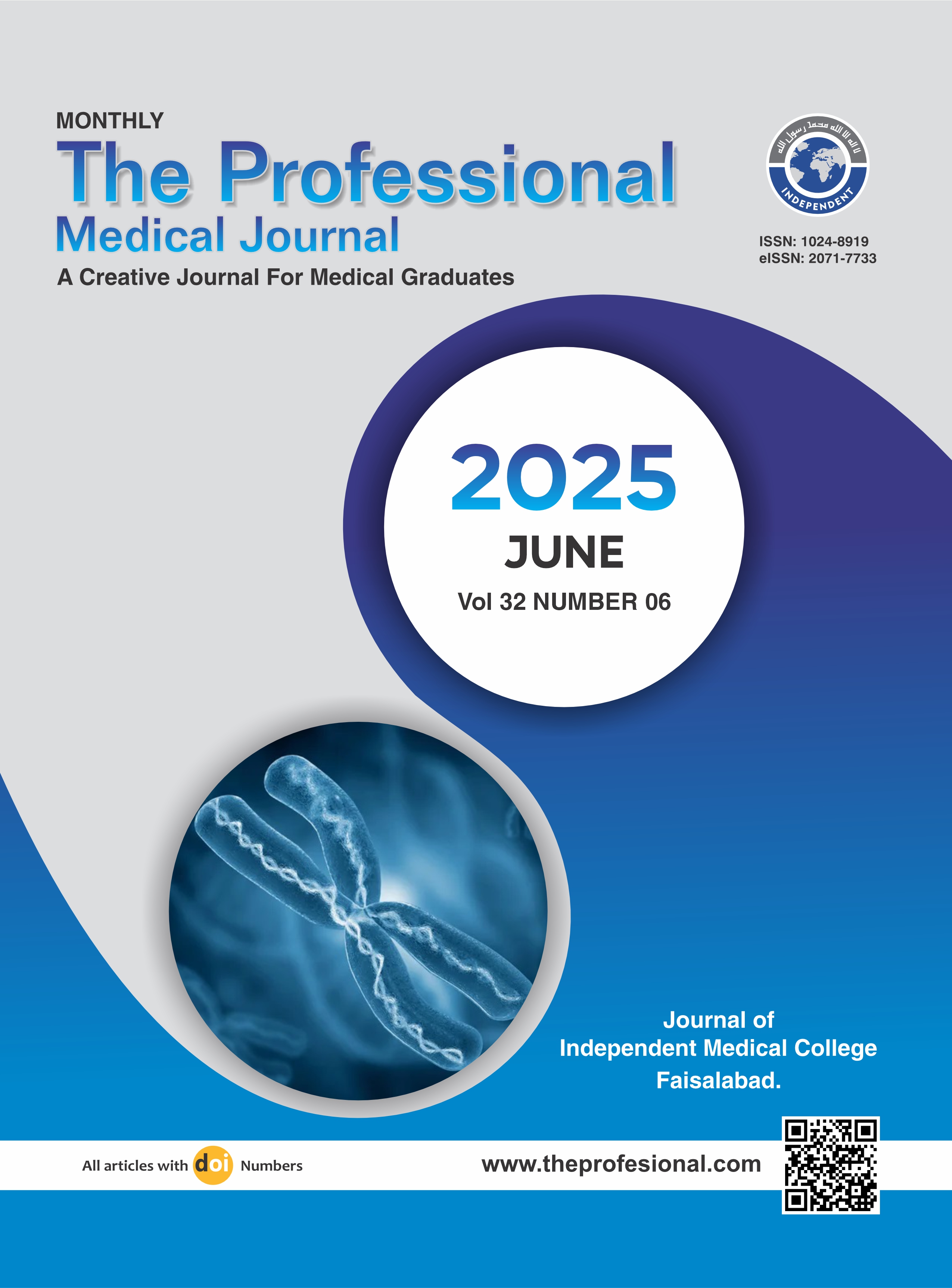Frequency of meniscal injury in patients with anterior cruciate ligament injury using magnetic resonance imaging.
DOI:
https://doi.org/10.29309/TPMJ/2025.32.06.9182Keywords:
ACL Deficiency, Demographic Analysis, Meniscal Injury, MRI Diagnostics, Risk FactorsAbstract
Objective: To determine the frequency of meniscal injuries in patients with anterior cruciate ligament (ACL) injury using magnetic resonance imaging (MRI) at Al-Noor Institute of Radiology/Al-Noor Diagnostic Center Shadman, Lahore. Study Design: Cross-sectional study. Setting: Al-Noor Institute of Radiology, Lahore. Period: August 2023 to February 2024. Methods: A total of 105 patients aged 18-50 were enrolled using non-probability sequential sampling. Exclusion criteria included muscular dystrophy, open wounds, metabolic bone disorders, rheumatoid arthritis, and prior surgeries. MRI scans were performed using 1.5 Tesla equipment, and meniscal injuries were assessed using standard grading protocols. Statistical analysis was conducted using SPSS version 25. Results: Among 105 ACL-injured patients, meniscal injuries were more common in older patients (73.1% in ages 31-50 vs. 49.1% in ages 18-30, p=0.012), males (67.9% vs. 37.5% in females, p=0.007), and those with a BMI >25 (70.5% vs. 47.7% with BMI ≤25, p=0.018). Conclusion: Our study highlights that age, male gender, and higher BMI significantly increase the risk of meniscal injuries in ACL-deficient patients. Early MRI diagnostics and targeted interventions are recommended for managing these risks effectively.
Downloads
Published
Issue
Section
License
Copyright (c) 2025 The Professional Medical Journal

This work is licensed under a Creative Commons Attribution-NonCommercial 4.0 International License.


